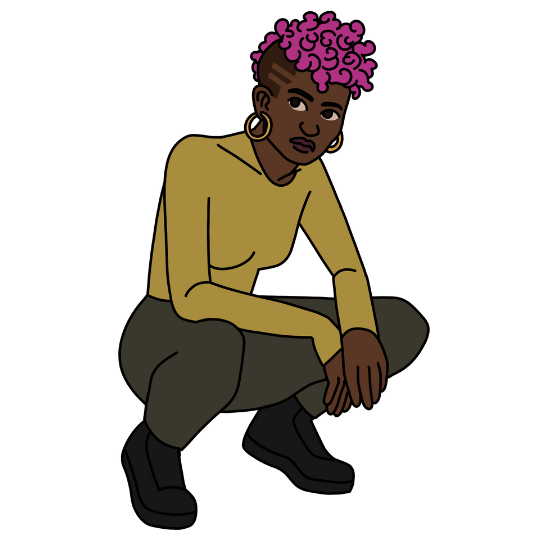Can VR assist in pain management?
Posted: 4 Nov 2022We’ve caught wind of a VR game designed to help with pain management, and couldn’t help but look further into it.
The School of Art & Design at UNSW Arts, Design & Architecture have designed a game called Finding Home, featuring a dog companion. The game was designed to build rapport between the player and dog companion, developing patient resilience and coping skills.
It drives an interaction and connection to the dog, and helps externalise pain rather than internalise it just within the patient. By evoking this connection, players may feel a pull to keep returning to the game as it learns, which has been likened to Nintendogs, or Tamagotchi.

Image from UNSW Website
According to the UNSW website, the game is currently in prototype that is being tested in the Acute Pain Service at St Vincents Hospital in Sydney. If the trials yield positive results, it has the potential to be rolled out commercially across other hospitals.
The game may act as a supplement to pain medication, to reduce the reliance on medication alone and allow for a more proactive option to manage pain from the patient.
“Sometimes, you just feel stressed and uncomfortable, and the only thing you can do is take an opiate, which is not always the right thing to do. A/Prof. McGhee and I have worked on technologies to give them an alternative.”
Development & Design Considerations
The development process has also included previous research around how various audio-visual stimuli can help assist in pain management, and has been integral in informing the game’s design, according to Dr Christine Shiner, Senior Researcher.
It’s not just about the game mechanics however, but also the aesthetic design as well. The colours chosen for the experience have been deliberate in an attempt to promote positivity and healing, and as such, avoids harsh reds and loud colours.

The blue and purple colours oppose the red-hot feeling (and colours associated) of pain in a deliberate move to psychologically place players in a ‘cooler’ environment. The cartoon style was chosen to minimise a feeling of threat within the game, and promote a familiarity in-game.
The headset itself was made with limited mobility in mind, allowing bed-bound players with restricted movement to be able to pick up this game and play.
With initial research showing some promising results from the trial, perhaps VR could be inbuilt into a future of supplemental technological support for people who suffer chronic pain alongside existing treatment.
This has also come as an interesting development following our previous analysis of how Shadow’s Edge helped children with chronic diseases.

